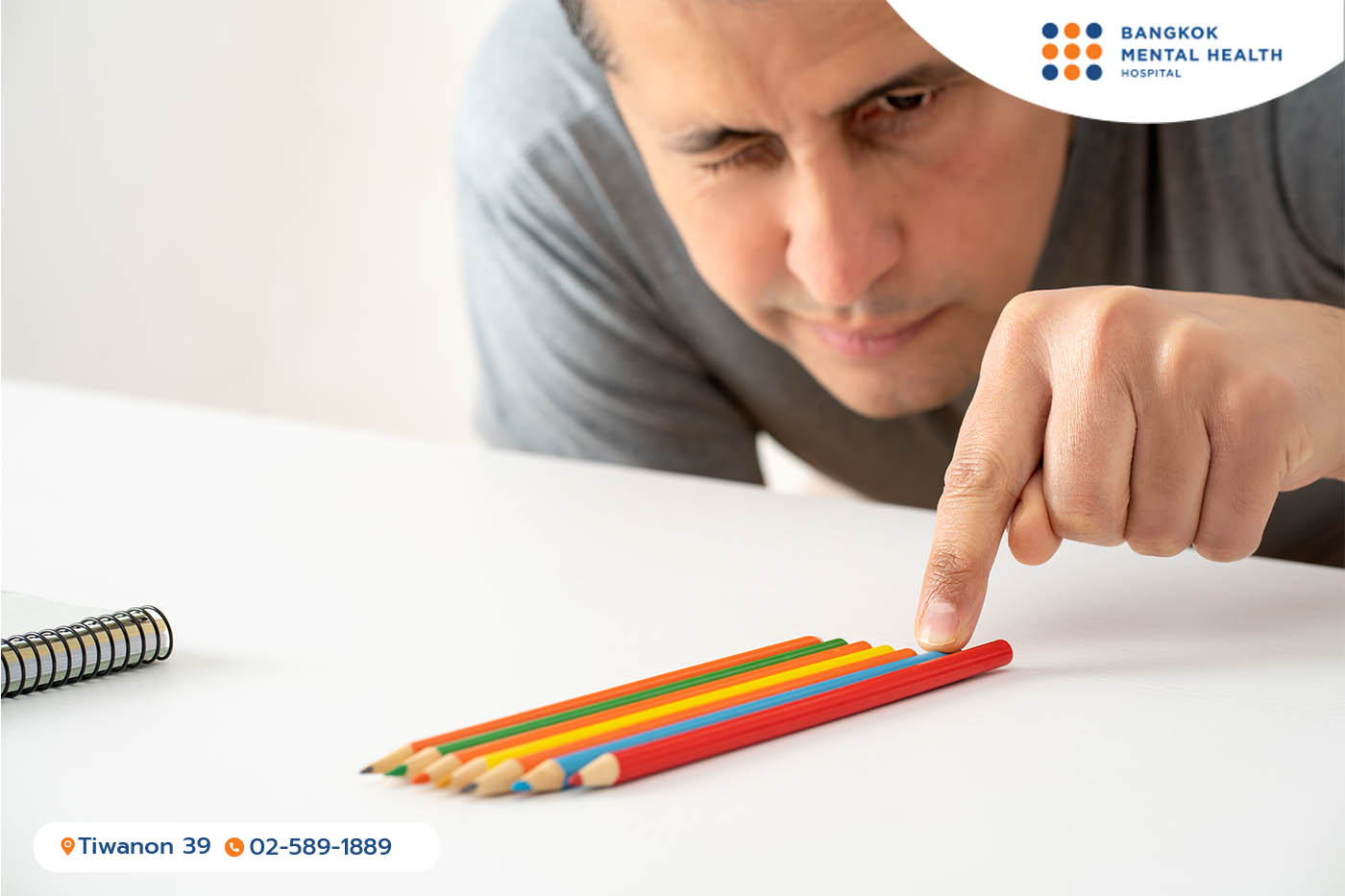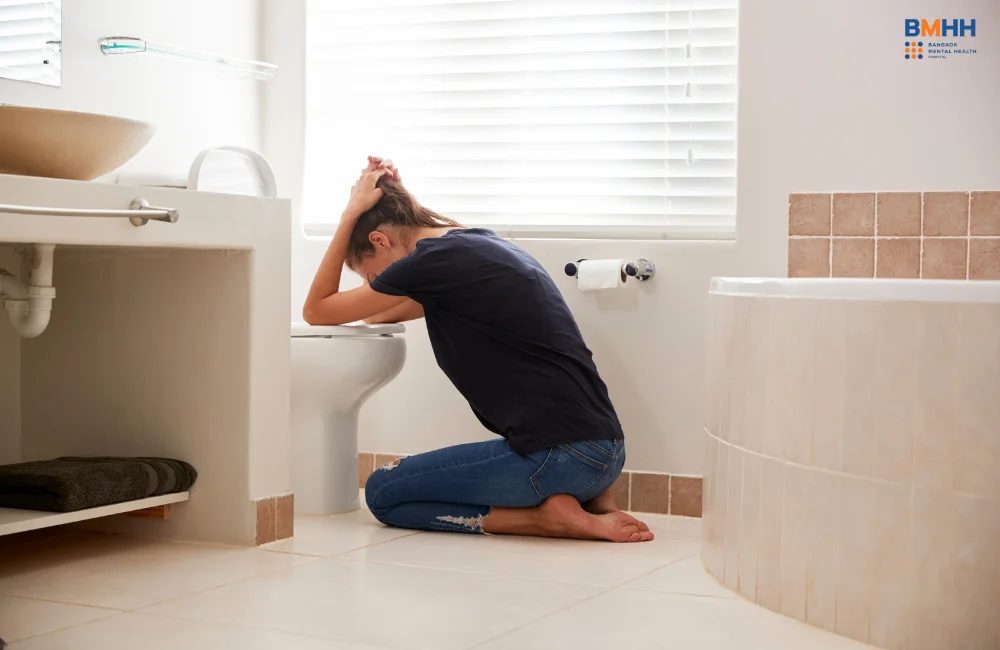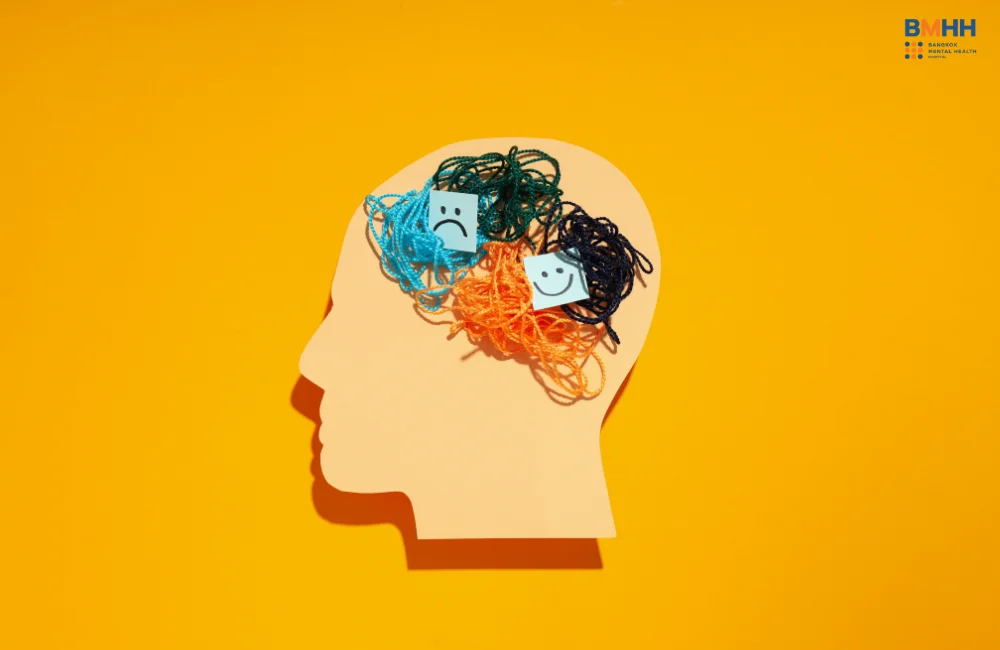
Obsessive-compulsive disorder (OCD) is a chronic psychological condition affecting approximately 1.2% of the population. Should you find yourself constantly preoccupied with in repetitive intrusive thoughts that are difficult to control, or repeatedly find yourself compelled to enact certain behaviors, you may be experiencing OCD.
OCD consists of two main components
- Obsessions: These are intrusive, uncontrollable thoughts that persist, even when you know they are irrational. These thoughts can lead to excessive anxiety. Examples include fears of contamination, a preoccupation with order and symmetry, or persistent worries about something bad happening.
- Compulsions: These are repetitive actions or counteractive thoughts aimed at reducing the anxiety caused by the obsessions. Compulsions may involve repeated handwashing, door checking, checking plugs and stovetops, and other ritualistic behaviors. OCD can also manifest with other movement abnormalities, such as frequent blinking, shoulder shrugging, head or shoulder tics, or making involuntary sounds like clearing the throat or swearing.
Risk factors associated with OCD include
- Gender: OCD is more prevalent in females than males.
- Onset usually occurs in adolescence or early adulthood.
- A family history of OCD, particularly if close relatives experienced OCD during childhood or adolescence.
- Environmental factors, including psychological stresses, can contribute to the onset of OCD.
- Pregnancy and the postpartum period may trigger or exacerbate OCD symptoms, which often manifest as concerns about the safety of the baby.
While OCD itself is not life-threatening, it can significantly impact daily functioning. If you experience these symptoms, it is advisable to seek help from a mental health professional as this condition is treatable and early intervention is associated with better treatment outcomes. The most effective treatment often combines medication and psychotherapy, both of which require a collaborative effort between the patient and the treatment team.
Related Articles

Bulimia Nervosa
Bulimia nervosa is a serious eating disorder and it can become life-threatening if left untreated. People with bulimia often have a distorted view of their body and an intense fear of gaining weight. This can lead to a cycle of binge eating and compensatory behaviors, such as self-induced vomiting or excessive exercise, in an attempt to control […]

Schizoaffective Disorder
Schizoaffective disorder is a chronic mental health condition that combines symptoms of two distinct illnesses: schizophrenia and a mood disorder, like bipolar disorder or depression. People with schizoaffective disorder may experience psychosis as well as significant shifts in their mood. While this condition can be challenging to diagnose, with the right treatment plan, it can […]

Acute Psychosis
A once-normal life can be turned upside down as thoughts and feelings begin to distort. The familiar world becomes a strange and frightening place. This is what people experiencing acute psychosis face, and the severity of the illness affects every aspect of their lives, from work to school and relationships. Understanding the signs and seeking […]
Talk to Doctor
Call Us
Line BMHH